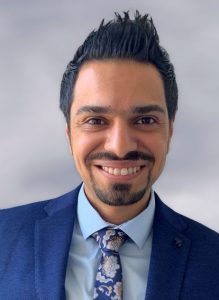The people affected by the Thunderstorm Asthma event were allergic to rye grass pollen.
Early in the Spring of 2016 rainfall was above average and grasses grew longer than usual. In November, at the peak of the hay fever season, large amounts of pollen were present in and around Melbourne.
On 21 November, a particular type of thunderstorm occurred involving an outflow tract. As the storm moved towards and across Melbourne from the West, it swept up large numbers of pollen grains. The grains absorbed moisture from the storm clouds, causing them to rupture. Each pollen grain can release hundreds of tiny allergenic particles following rupture and these particles are able to be inhaled easily into the lower airways (whereas the larger grains are usually filtered by the nose and are too large to penetrate to the lower airways) where they trigger an allergic response in susceptible individuals. Pollen was then dumped down to ground level and blown horizontally by the storm outflow, covering a large geographic area.
Rye grass allergy is common and usually manifests as hay fever during Spring. Hay fever (allergic rhinitis) and asthma are similar, closely-related conditions. A proportion of the people affected by the Thunderstorm Asthma event had never experienced asthma symptoms before, but many of them had a history of allergic rhinitis.
The weather conditions leading up to 21 November 2016 resulted in large quantities of microscopic rye grass pollen particles spread across Melbourne and inhaled by people with allergic sensitisation. The result was an epidemic of acute asthma.



